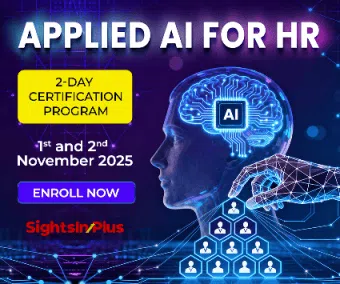A recent Reddit post has reignited debate around Accenture Build-Operate-Transfer (BOT) policy, after an employee sought advice on whether to accept a job offer from a client while still bound by contractual obligations.
The post, which quickly gained traction among professionals in India’s tech and outsourcing sectors, reflects growing concerns over restrictive employment clauses and the practical realities of transitioning from vendor to client roles.
Under Accenture’s BOT framework, employees placed at client sites—often in Global Capability Centers (GCCs)—are expected to complete a six-month tenure with Accenture before becoming eligible for transfer.
Additionally, they must serve a three-month notice period before formally exiting the company.
This structure, while contractually defined, has raised questions about employee mobility, transparency, and the enforceability of such clauses.
What Is the BOT Model at Accenture?
The BOT (Build-Operate-Transfer) model is a common arrangement in outsourcing and consulting, particularly in IT and life sciences sectors.
In this setup, vendors like Accenture hire and train employees to work on client projects, often embedding them within client teams.
After a defined period—typically six months—the client may absorb the employee into its own workforce, subject to contractual terms.
This model benefits vendors through premium billing rates during the training and deployment phase.
Clients, in turn, gain access to pre-trained talent with domain familiarity.
However, the transition process is not always seamless, especially when employees receive direct job offers from clients before the formal transfer window opens.
Online Reactions: Advice, Risks, and Workarounds
The Reddit thread revealed a spectrum of responses from current and former Accenture employees.
Some advised the individual to accept the client offer discreetly, suggesting that they avoid disclosing their next employer during the exit process.
Others recommended delaying updates to LinkedIn and other professional networks to avoid detection.
One user cited legal precedent, stating, “As per Supreme Court, no one can restrict you from joining any company as it is your fundamental right to earn a livelihood.”
Another shared a personal experience: “I saw people joining the client even without a clawback clause. Just keep a low profile and avoid Accenture-facing roles initially.”
However, several commenters cautioned against breaching contractual terms, noting that while enforcement may be inconsistent, risks remain—especially if the client is contractually obligated to notify Accenture of such hires.
Structural Implications and Vendor Strategy
Industry insiders argue that the BOT model is embedded in the Statement of Work (SOW) between vendor and client.
Accenture reportedly benefits from premium billing for the initial six months and may continue to charge for an additional two to three months post-transfer.
This financial structure incentivizes vendors to retain control over the transition timeline.
The debate also touches on broader themes of employee autonomy and the evolving nature of work in India’s outsourcing ecosystem.
As GCCs mature and seek direct hires, the tension between vendor policies and client needs is becoming more pronounced.
Note: We are also on WhatsApp, LinkedIn, and YouTube to get the latest news updates. Subscribe to our Channels. WhatsApp– Click Here, YouTube – Click Here, and LinkedIn– Click Here.



